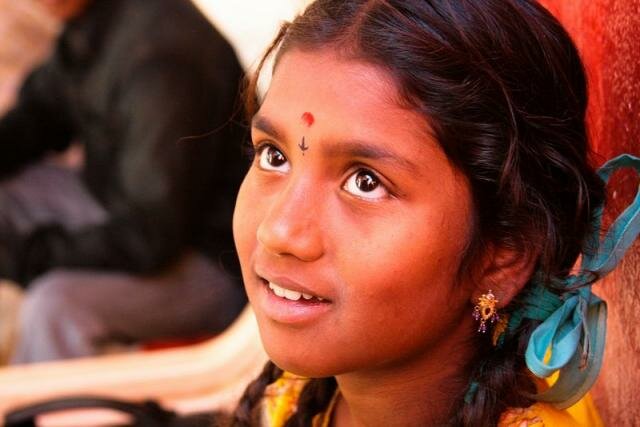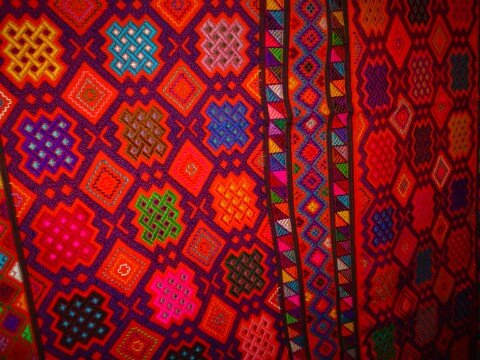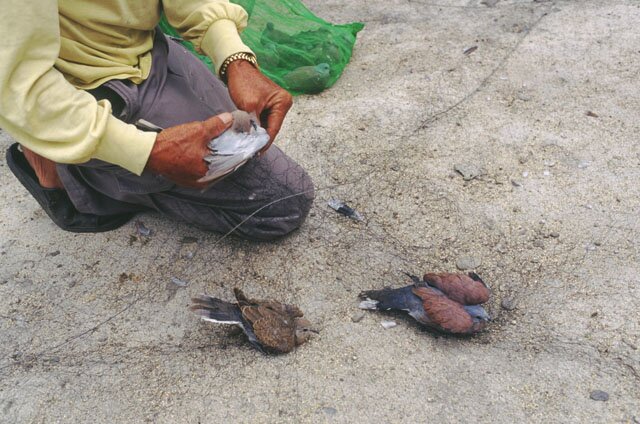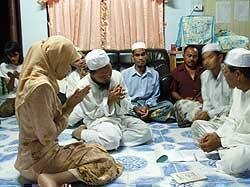BROWSE COUNTRIES/ TERRITORIES
An image speaks a thousand words.
Relive our stores from a different angle..
Lion dances originated in India along with Buddhist lore and ritual. The popular form of lion dancing seen in todays Chinese culture evolved in China, though several countries throughout the Asian region, including Japan, have developed their own styles of lion dance through the centuries. Two popular styles of "lion" in Southeast Asia are the Northern and the Southern lion. Northern lions resemble a Pekinese dog both in appearance and behaviour and it is believed that their design came about following the death of a Pekinese dog belonging to the daughter of the Jade Emperor. The princess was so upset that palace workers developed a lion in the form of her beloved dog to entertain her and enliven her spirits. In comparison, Southern lions that have their roots in China's Guangdong province are perceived as friendly lions that bring luck and offer protection. Unlike the Northern lion, their movements mimic the behaviour of cats and can be extremely varied - depicting fear, playfulness, nervousness, and ferociousness.
In September, spectacular performances by various martial arts troupes in Singapore gather outside Ngee Ann City to compete for the title of Best Lion Dance Performance of the Year; the most prestigious and sought after award amongst performing troupes in the island Republic. Singapore's population comprises 70 per cent ethnic Chinese, but an increasing preference for Western culture has led to a dwindling interest in Chinese culture and threatens the existence of such magnificent art forms.
Photos by Debby Ng
< BACK TO The Moving Picture Show
David Rubinger was there at some of the most significant moments of Israel's history. His photographs are a testimony of its tumultuous past, which remains very much a part of the country's present. He shared these works of his in an exclusive interview with theasiamag.com.
Related Story:
< BACK TO The Moving Picture Show
50 Million Missing is an online campaign started by Rita Banerji to highlight the plight of Indian women. According to United Nations figures, there is a total of 50 million missing women in India. They have been purged deliberately, solely because of their gender, through due to abortion of female foetuses, female infanticide, and dowry murders.Read more about them here.
The campaign has attracted the participation of both Indian and international photographers who have submitted their pictures, giving Indian women a face that society has denied their sisters.
Two of them share their photos with theasiamag.com here, and in their own words, tell the stories behind each and every shot.
Note from the editor: Our special thanks to our photographers for sharing their works with theasiamag.com.
View more photos by Chendur at www.flickr.com/photos/chendur
The works of our other contributing photographer Lars-Gunnar Svärd are at available at www.flickr.com/photos/imagesoftheworld/
Find out more about the 50 Million Missing project at www.flickr.com/groups/50_million_missing/
< BACK TO The Moving Picture Show
Fifteen-year old, Ping Lian’s art work has been well-received by all quarters and many have commented on his unique, signature style. He works in charcoal, acrylic, watercolour, ink, oil pastels and oil. He has also participated in various solo and group exhibitions in Malaysia & abroad.
Related Stories:
For more information about Ping Lian, please visit www.pinglian.com.
< BACK TO The Moving Picture Show
Asia is the most diverse region on the planet. It is home to some of the oldest forests in the world, and the most spectacular reefs in the sea. Several of these are also the most threatened.
From April 22, theasiamag.com marks Earth Day with weeklong updates of environmental stories, photo essays, and video documentaries. Learn how people in Asia are taking small but strong steps towards a positive future for our planet.
Join our Flickr Group to participate in our citizen journalism project and share with the world how the people around you are making a difference in your country.
For some inspiration on caring for the environment, check out our YouTube channel.
Related Story:
< BACK TO The Moving Picture Show
Their governments may be at odds with each other, but some children are choosing peace over conflict. theasiamag.com brings you the handmade personal greetings by kids from one side of the border to the other.
Related Story:
Only a mere 28 percent of girls in Nepal are literate, and less than three out of ten can read. Without essential skills, these girls risk falling victim to prostitution rings and child trafficking networks. Others are forced to live on the streets.
Education is the best hope these girls have of a normal life. A life of independence and true freedom.
For more than a decade. The Little Sisters Fund has been giving Nepalese girls a glimmer of hope through scholarships for underprivileged girls in Nepal. Photographers Debby Ng and Edwin Koo entered the home of our little sisters - Nepal's hope for a better future. These photographs tell their story.
In March and April 2009, Debby and Edwin, photographers with asia! magazine, exhibited their work at The Cathay Gallery in Singapore. A collection of their work is presented in the book, Life of my Sisters, and is available for purchase.
Related Stories:
< BACK TO The Moving Picture Show
A historic moment in Singapore's Women's rights movement
Were you there at the AWARE EGM? Tell us your stories at [email protected].
Related Story:
Singaporeans rise to the occasion
< BACK TO The Moving Picture Show
I.M. Pei: Asia's most accomplished architect
Related Story:
Login or Register




%2005411%20My%20Dog%20ll.thumbnail.jpg)



































 Another Point
Another Point From Jerusalem to the West Bank
From Jerusalem to the West Bank